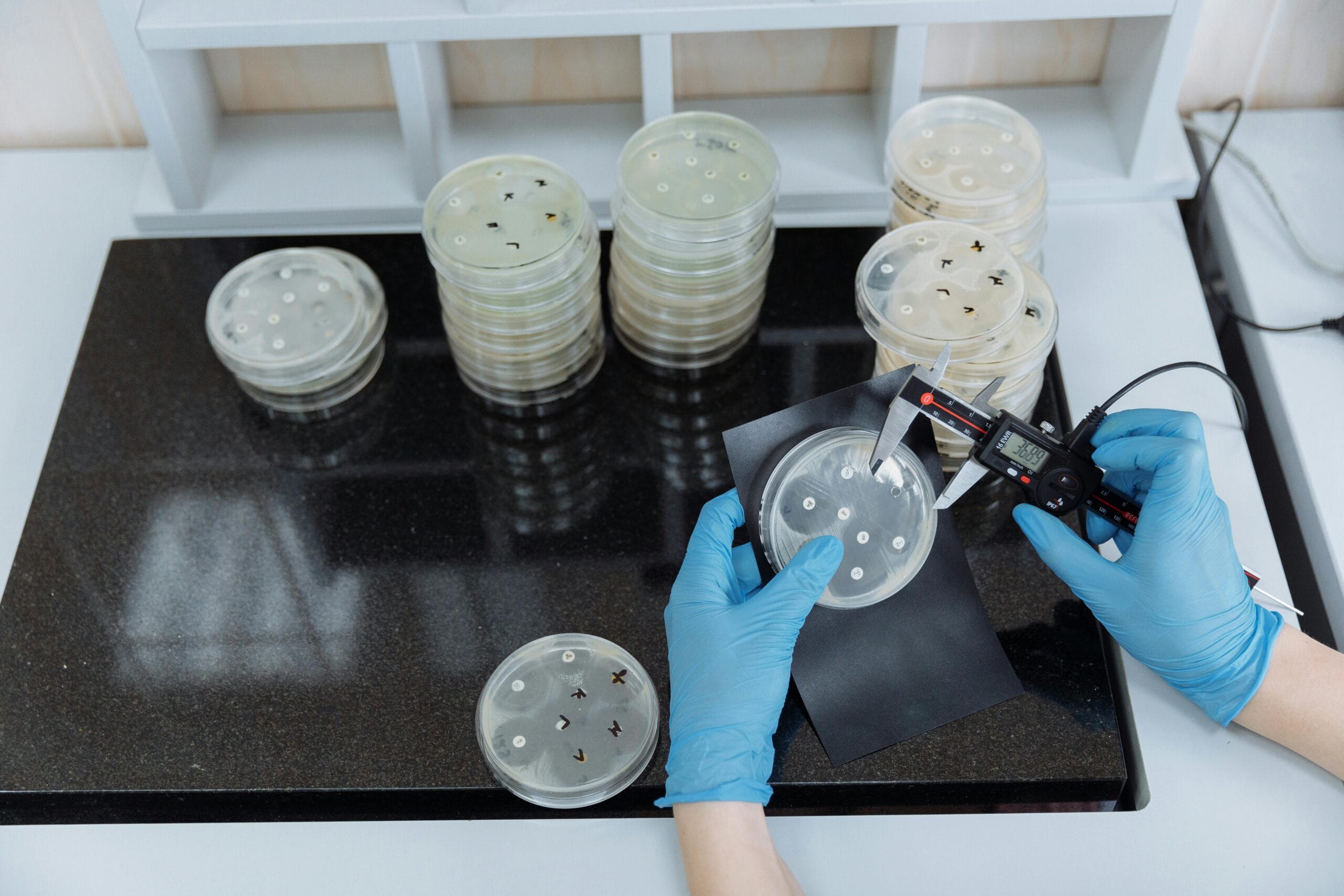
The Shocking Secrets Behind Antibiotic-Resistant Superbugs

- How Do Superbugs Develop Resistance?
- How Can We Treat and Combat Antibiotic Resistance?
- India’s Breakthrough in Fighting Superbugs
A superbug is a term used to describe bacteria, viruses, or fungi that have developed resistance to multiple antibiotics. These microbes can cause infections that are difficult or even impossible to treat with existing medications. The spread of superbugs can trigger a severe immune response in the body, known as sepsis, which can lead to organ failure and, in some cases, death. In the UK, tens of thousands of people die from sepsis each year.
How Do Superbugs Develop Resistance?
The rise of superbugs (antibiotic resistance) is mainly caused by the overuse and misuse of antibiotics. Frequent or improper use of antibiotics allows naturally resistant microbes to survive, multiply, and pass on their resistance genes to future generations, while non-resistant microbes die out. Over time, this leads to an increasing population of antibiotic-resistant pathogens that no longer respond to standard treatments.
Another major factor contributing to superbug development is the overuse of antibiotics in livestock. Antibiotics are often given to animals to promote rapid growth, but this practice fosters the emergence of resistant bacterial strains, which can then be transmitted to humans through food consumption. Certain groups of people, such as those with weakened immune systems or chronic illnesses (e.g., diabetes, HIV, or COVID-19), are at higher risk of developing infections caused by superbugs.
Additionally, genetic mutations naturally occur in microbes, enabling them to survive antibiotic exposure. One of the fastest ways resistance spreads is through horizontal gene transfer, where bacteria share resistance traits with one another, accelerating the spread of superbugs.
How Can We Treat and Combat Antibiotic Resistance?

One effective approach to overcoming antibiotic resistance is combination therapy, which involves using two or more drugs together. This strategy enhances treatment effectiveness, reduces the likelihood of resistance, and targets multiple bacterial mechanisms at once. More details are as follows:
- Enhancing effectiveness means the combined effects of multiple drugs can create a stronger impact against bacteria. For example, amoxicillin is often paired with clavulanic acid, which inhibits the beta-lactamase enzyme produced by resistant bacteria, allowing amoxicillin to remain effective.
- Reducing resistance risk means if bacteria become resistant to one drug, other drugs in the combination can still work, preventing bacterial growth.
- Targeting multiple bacterial mechanisms means some combination drugs attack bacteria from different angles, making it harder for them to develop resistance. An example is trimethoprim and sulfamethoxazole, which work together to block different pathways in folate metabolism, effectively treating urinary tract infections.
India’s Breakthrough in Fighting Superbugs
According to The Lancet, in 2021, antibiotic-resistant superbugs caused 1.14 million deaths worldwide, with antibiotics failing in most cases. India is one of the countries most affected by antimicrobial resistance, reporting 300,000 deaths from resistant infections in 2019. Shockingly, nearly 60,000 newborns die annually from infections that cannot be treated with available antibiotics.
Read more:
The Dangers of Antibiotic Resistance! The Importance of Following Prescribed Dosages
However, India has made a major breakthrough in developing a new-generation antibiotic that shows promise in combating resistant pathogens.The FDA-approved antibiotic Enmetazobactam, developed by Chennai-based Orchid Pharma, is the first antibiotic discovered in India to receive such approval. It is used to treat severe urinary tract infections, pneumonia, bacterial infections, and bloodstream infections.
Unlike traditional antibiotics that directly target bacteria, Enmetazobactam neutralizes the bacteria's defense mechanisms specifically, the beta-lactamase enzymes that bacteria produce to break down antibiotics. By inhibiting these enzymes, Enmetazobactam ensures that antibiotics remain effective in killing bacteria. This method prevents bacteria from easily developing new resistance.
Dr. Maneesh Paul stated, “In clinical trials, this drug has proven effective against bacteria that have evolved resistance over the years.” This breakthrough represents a crucial step in the fight against antibiotic resistance and may help preserve the effectiveness of last-resort treatments. Excessive antibiotic exposure in livestock also contributes to the emergence of superbug strains that are transferred to humans through the food chain. Molecular biology testing in the laboratory is key to tracing the origins of resistance and preventing its spread across species.
Author: Safira
Editor: Sabilla Reza
References:
Antibiotic Research UK. 2025. Superbugs. Tersedia: https://www.antibioticresearch.org.uk/about-antibiotic-resistance/bacterial-infections/superbugs/, diakses pada 12 Febuari 2025.
Biswas, Soutik. 2025. India's ‘blockbuster' drugs to take on deadly superbugs. Tersedia: https://www.bbc.com/news/articles/c80vrjkkrero, diakses pada 13 Febuari 2025.
Indriati, M. dan Yuniarsih, E. 2019. Multiplex PCR Method of Detecting Pork to Guarantee Halal Status in Meat Processed Products. Jurnal Ilmu Produksi dan Teknologi Hasil Peternakan, vol. 7(3): 96-101.
Wijaya, A., Akbar, D. Y., dan Khairunnisa, A. 2024. Autentikasi Produk Pangan Halal Menggunakan Metode PCR (Polymerase Chain Reaction). Indonesian Journal of Halal, vol. 7(1): 70-80.



